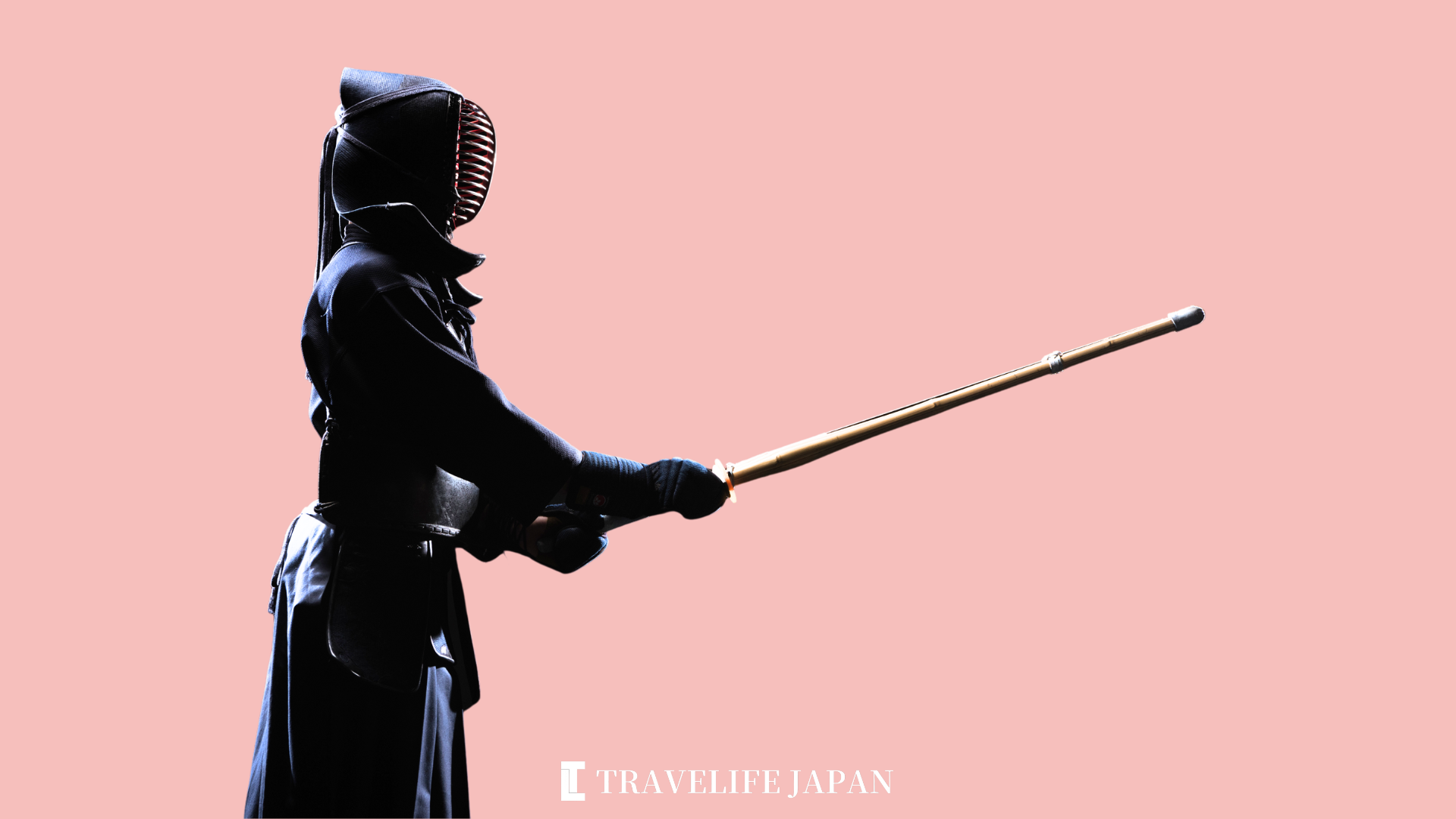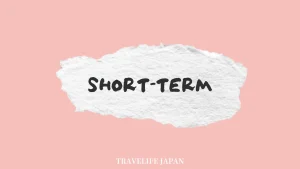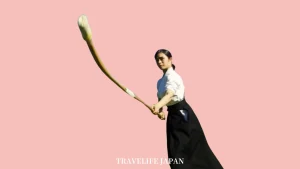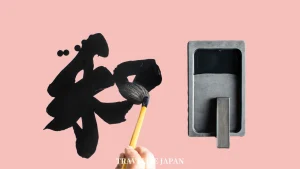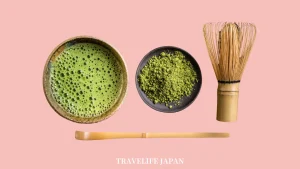How did Kendo, Japan’s esteemed martial art of swordsmanship, evolve from ancient combat techniques to a global discipline focusing on self-improvement and ethics? This overview delves into its Heian period origins, transformative history, and the role of bodies like the All Japan Kendo Federation in shaping its contemporary global presence.
History and Evolution of Kendo
Historical Foundations of Kendo
Kendo’s lineage can be traced to the mid-Heian period with the emergence of the curved Japanese sword. The Sengoku period’s civil strife fostered various swordsmanship schools, adapting to the era’s changing warfare dynamics. The peaceful Edo period further transformed swordsmanship into a form of self-cultivation, emphasizing not just technique but also ethical and philosophical teachings. The Choku-shin Kage-ryu school, founded by Chogen Kanemoto, introduced early forms of Kendo equipment and training methods, laying the groundwork for the martial art’s evolution.
Evolution and Codification in the Meiji Era and Beyond
The Meiji Restoration marked a decline in traditional swordsmanship due to the abolition of the samurai class and the prohibition of sword carrying. However, the late 19th century saw a resurgence, notably with the establishment of the Dai Nippon Butokukai and the standardization of Kendo techniques and kata. The Tokyo Metropolitan Police Department played a crucial role in reviving Kendo, integrating it into police training and promoting its practice among the public.
Kendo on the Global Stage
Following a period of decline after World War II, the formation of the All Japan Kendo Federation in 1952 heralded Kendo’s revival. It became a significant part of Japan’s physical education and attracted a global following, culminating in the establishment of the International Kendo Federation in 1970. The World Kendo Championships, held every three years, exemplify Kendo’s international appeal, drawing participants from across the globe to compete and celebrate this ancient martial art’s enduring legacy and cultural significance.
Rules of Kendo
Kendo Match Dynamics and Scoring
Kendo, the art of Japanese swordsmanship, features one-on-one matches where participants use bamboo swords to strike four main targets with precision and correct form. Matches are governed by the All Japan Kendo Federation’s rules, lasting five minutes and typically decided on a best-of-three points basis. Victory is achieved by the first competitor to score two valid points, with provisions for single-point wins and tiebreakers. This format, emphasizing skill over strength, makes Kendo accessible to a wide age range, from children to seniors.
Team Competitions and Ranking System
In team Kendo competitions, two main formats are used: “Winner’s Count” and “Single-Elimination.” The former declares the team with the most match victories (or points in case of a tie) the winner, while the latter continues until one team triumphs in all its matches. Participants also progress through ranks (dan) based on their technical prowess, with additional titles like Renshi, Kyoshi, and Hanshi recognizing teaching skill and martial insight.
Training and the Role of Kata in Kendo
Kendo training is deeply rooted in the practice of “Nihon Kendo Kata,” comprising seven long sword (Tachi) and three short sword (Kodachi) forms. These kata are essential for grasping the fundamentals of swordsmanship, enhancing practitioners’ understanding of Kendo principles. The integration of kata with Shinai practice enriches the learner’s comprehension of Kendo, fostering a well-rounded development in this martial art.
Equipment of Kendo
In Kendo, practitioners wear a traditional uniform comprising a “Kendo-gi” (jacket) and “Hakama” (pleated trousers). Protective gear, collectively known as “Bogu,” includes the Men (headgear), Do (body protector), Kote (gloves), and Tare (waist protector). Under the Men, a headband called “Tenugui” is worn. A Zekken (name tag) indicating the competitor’s name and affiliation is attached to their Tare. Standard practice in Kendo is to fight barefoot, with few exceptions. For identification during matches, competitors tie a colored string – red or white – to the back of their Do.
The Shinai, Kendo’s primary equipment, is a four-part bamboo sword comprising a blade, hilt, grip, and string. Carbon material Shinai are also permitted. The specifications of the Shinai, including length, weight, and diameter, vary based on age and gender. These specifications are rigorously checked for safety and integrity in official competitions. Kendo also allows for two-sword techniques, with one sword designated as “Sho-to” (small sword) and the other as “Tachi” (large sword), each adhering to specific size and weight standards.
Kendo competitions are conducted on a wooden floor, within a square or rectangular area measuring between 9 to 11 meters on each side, demarcated by boundary lines.
Experiencing Kendo
Even though kendo takes years of training and dedication to perfect, you may still experience the martial art while visiting Japan. In Japan, you may take a kendo class for a few hours or a day from a variety of organizations and teachers.
One of the most well-liked is the Tokyo-based Kendo Experience Tour offered by Samurai Trip, which allows you to don armor and learn proper shinai striking technique. However, via Airbnb, you can also schedule a private lesson with a kendo teacher that is intended to be a beginner’s instruction in one of their regular sessions.
Conclusion
Kendo’s journey through history reflects the resilience and adaptability of traditional Japanese martial arts. What began as a means of survival and conflict resolution on the battlefield has metamorphosed into a discipline that cultivates the mind and body, emphasizing the values of respect, perseverance, and self-improvement. The development of Kendo’s rules and equipment, the establishment of formalized kata, and its global reach through international competitions have solidified its position as both a national treasure and a cultural export. Today, Kendo stands as a testament to the enduring legacy of the Japanese samurai spirit, bridging the past and the present, as it continues to inspire and guide practitioners in their quest for personal growth and mastery of the way of the sword.
\ Follow Our Community /
STUDY IN JAPAN
INQUIRE NOW
Please feel free to seek our help at NO COST.
We are looking forward to meeting you!
